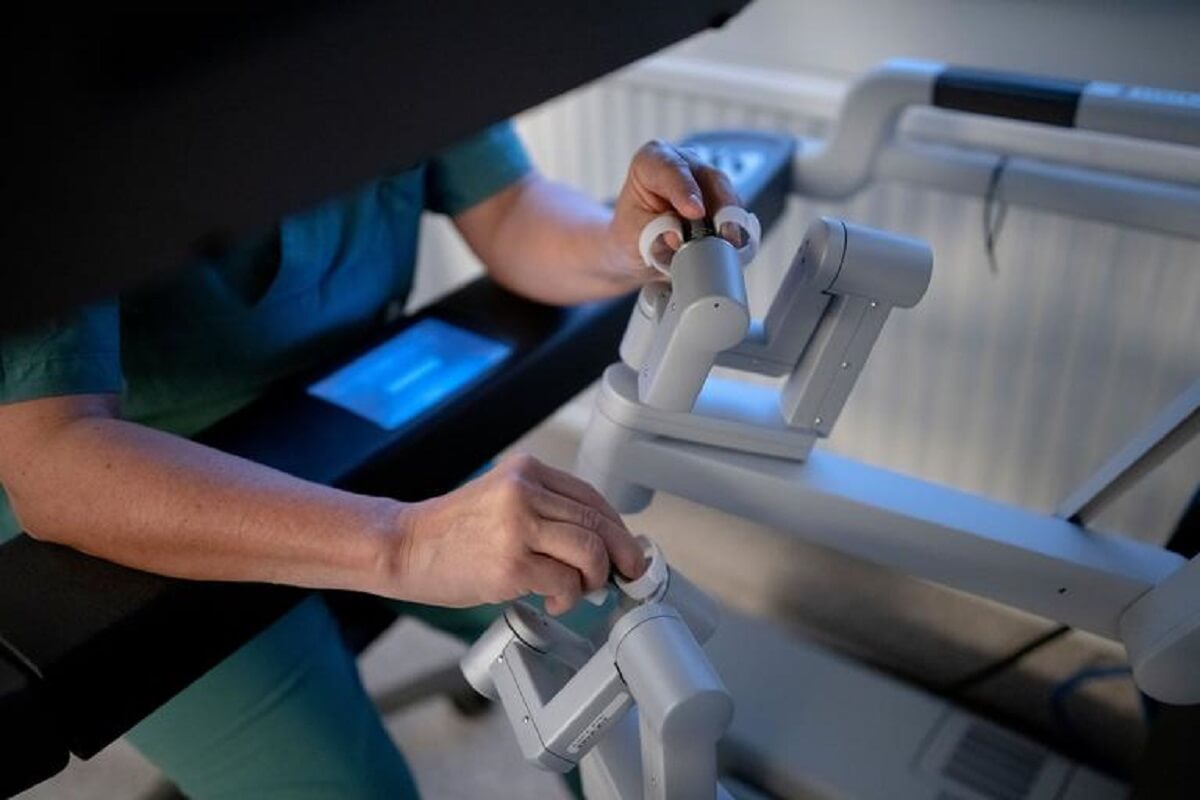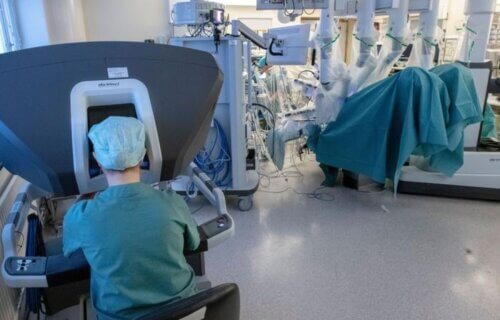GOTHENBURG, Sweden — A historic milestone has been achieved with the birth of a child from a transplanted uterus using robot-assisted keyhole surgery. The baby boy (weighing 6 pounds, 13 ounces) was delivered by planned cesarean two weeks earlier than expected. Both the 35-year-old mother, child, and the organ donor (a relative) are in good health.
The groundbreaking procedure was carried out at the University of Gothenburg by a leading research team. It involved robot-assisted keyhole surgery without the need for open surgery. The donor’s uterus was carefully detached and removed vaginally, while the recipient had the organ inserted into her pelvis through a small incision. It was then attached to the vagina and surrounding tissue.

Robot-assisted surgery offers numerous benefits, including reduced invasiveness, lower risk of infections and hemorrhages, and faster recovery for patients. Surgeons use cameras and robotic arms with surgical instruments inserted through small entry holes in the lower belly. They control the robotic arms using console tools resembling joysticks, allowing for precise operations while viewing mobile 3D images.
“With robot-assisted keyhole surgery, we can carry out ultra-fine precision surgery. The technique gives a very good access to operate deep down into the pelvis,” says Pernilla Dahm-Kähler, adjunct professor of obstetrics and gynecology at the University of Gothenburg’s Sahlgrenska Academy, in a media release. “This is the surgery of the future, and we’re proud and glad to have been able to develop uterine transplantations to this minimally invasive technical level.”
The transplant took place in October 2021 at Sahlgrenska University Hospital. The uterus was meticulously freed and removed step by step using robot-assisted surgery. In the recipient, the uterus was inserted into the pelvis through a small incision and sutured with blood vessels and the vagina, all with the assistance of robot surgery.
Ten months later, an embryo created through in vitro fertilization (IVF) was transferred to the transplanted uterus, and pregnancy was confirmed a few weeks later.
“The research project continuously evaluates numerous variables in donors, recipients, and children after the uterus transplantation, following up the operation for several years afterward,” says Professor Mats Brännström, who heads the research project. “All this is done to maximize the efficacy of the operation and minimize side effects in the patients.”
Since the project’s inception in 2014, the research team has achieved eight births before any birth occurred outside of Sweden following a uterus transplant. Their methods and techniques have been shared with other centers worldwide, leading to an estimated 90 uterus transplantations and approximately 50 babies born as a result.
South West News Service writer Jim Leffman contributed to this report.


Seriously all the money spent to do this and for what !